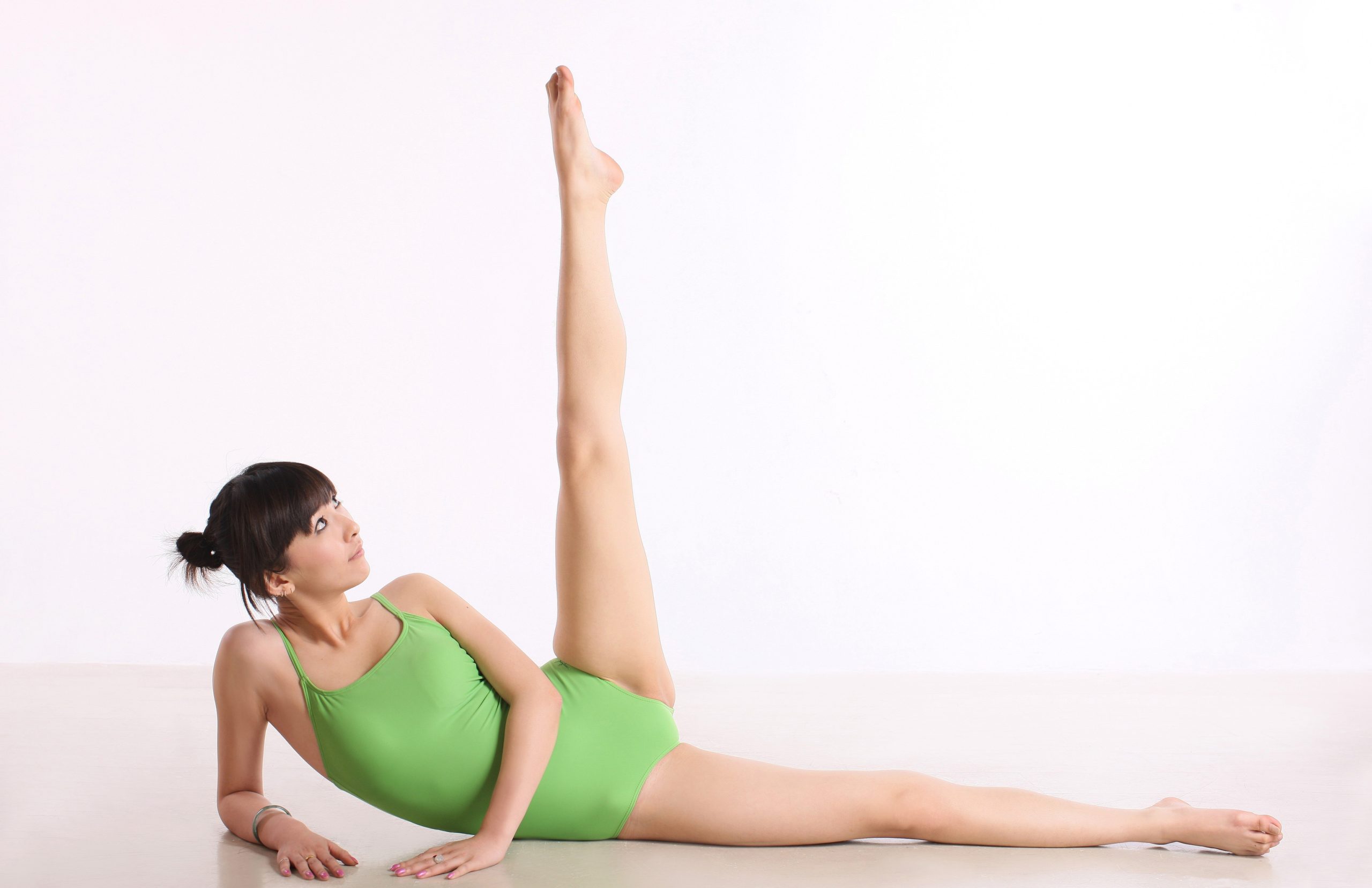These days, where prolonged sitting and sedentary lifestyles have become the norm, prioritizing good circulation and vein health is more critical than ever. Poor circulation can lead to various health issues, including varicose veins and chronic venous insufficiency. But before one even reaches out to medical solutions, could the answer to better vein health lie in the ancient practice of yoga and mindful movement?
Let’s dive into the world of mindful exercises and see how they benefit our circulation and overall vein health.
1. Yoga: The Ancient Art Of Flexibility And Flow
Often regarded as a gentle form of exercise, yoga’s various postures, also known as asanas, work wonders on our circulatory system. As noted by a chronic venous insufficiency specialist, the bending, stretching, and twisting involved in these postures can help to enhance blood flow, reducing the risk of clot formation.
Yoga, with its focus on controlled breathing and posture alignment, can be a holistic solution to manage and reduce Chronic Venous Insufficiency (CVI) symptoms. Inversions like ‘Legs Up the Wall’ (Viparita Karani) or ‘Shoulder Stand’ (Sarvangasana) are particularly helpful in promoting venous return from the legs, alleviating pressure on the veins.
2. Tai Chi: Flowing Movements For Enhanced Blood Flow
Originating from ancient Chinese martial arts, Tai Chi is another form of mindful movement known for its graceful, flowing movements. These slow, rhythmic motions are designed to improve balance, strength, and flexibility.
As one transitions from one pose to another, the muscles contract and relax, serving as a pump to push the blood back to the heart. This aids in reducing pooling of blood in the legs and promoting overall circulation.
3. Aerobic Exercises: Boost Your Heart Rate For Healthy Veins
Aerobic exercises like walking, cycling, and swimming are excellent for heart health and circulation. The heart pumps more efficiently, and arteries and veins expand and contract with more vigor, ensuring smoother blood flow throughout the body. Regular aerobic activity can diminish the chances of vein diseases and maintain robust venous health.
4. Strength Training: Building Muscle To Assist Vein Function
While cardiovascular exercises focus on the heart and lungs, strength training targets muscle development. The calf muscles play an essential role in pumping blood from the legs back to the heart. Incorporating calf raises, leg presses, and squats into your routine can directly benefit vein health by strengthening these vital muscles.
5. Stretching: Keep Your Veins Supple And Healthy
Often overlooked, stretching is a cornerstone of good circulation. Simple stretches, like hamstring stretches or ankle circles, can help elongate muscles and facilitate better blood flow. Stretching not only aids in preventing vein diseases but also assists in reducing the discomfort of existing circulatory problems.
6. Hydration: Fueling The Flow
While not an exercise, staying hydrated is fundamental to circulation. Our blood is about 90% water. Drinking adequate water ensures that the blood maintains its viscosity, preventing it from becoming too thick. Thickened blood can lead to clotting and venous insufficiency. Pair your exercises with ample hydration for maximum benefit.
Conclusion
Incorporating mindful movement practices like yoga and Tai Chi, combined with traditional exercises, can be a game-changer for circulation and vein health. The beauty of these exercises is that they not only benefit the circulatory system but also offer holistic improvements, from mental well-being to enhanced muscular strength.
Prioritizing vein health is investing in a future with fewer health complications and a higher quality of life. It’s time to move, stretch, and flow for the sake of our veins!

